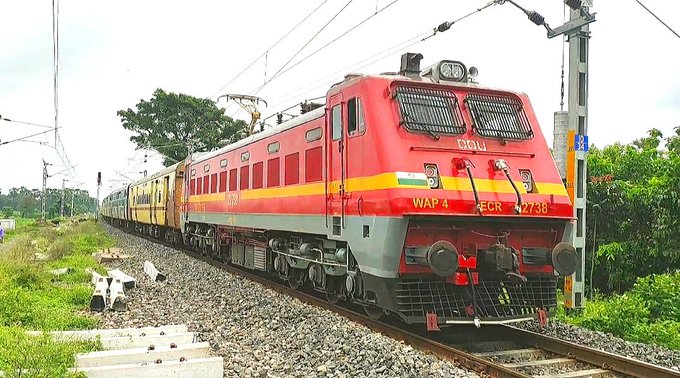The capex for 2022-23 includes Rs 1.37 trillion from general revenues, Rs 1.08 trillion from Internal and Extra Budgetary Resources and Rs 200 crore from Nirbhaya fund
New Delhi, NFAPost: Indian railways is all set to see its highest ever capital expenditure of Rs 2.45 trillion for 2022-23, up 14% from the revised estimate of Rs 2.15 trillion for the current financial year in the Union Budget for 2022 presented by finance minister Nirmala Sitharaman on Tuesday.
The capex for 2022-23 includes Rs 1.37 trillion from general revenues, Rs 1.08 trillion from Internal and Extra Budgetary Resources (IEBR) and Rs 200 crore from the Nirbhaya fund. The capex as part of the budget estimate in 2021-22 was also Rs 2.15 trillion.
Announcing the budget, Sitharaman said that the national transporter will move towards integration with other departments like roads, agricultural and postal services, while focussing on further safety.
Total receipt of railways comprising revenues from passenger, goods, other coaching, sundry and other heads were kept at Rs 2,4 trillion in the budget estimate for 2022-23 as against a revised estimate of Rs 2.02 trillion for the current financial year.
“Railways will develop new products and efficient logistics services for small farmers and small and Medium Enterprises, besides taking the lead in integration of Postal and Railways networks to provide seamless solutions for movement of parcels,” she said. The government will focus on ‘One Station-One Product’ concept to give thrust to local businesses and supply chains.
As a part of Atmanirbhar Bharat, around 2,000 kilo meter of rail network will be brought under Kavach, the indigenous world-class technology for safety and capacity augmentation in 2022-23. In addition to this, the government is also set to come up with 400 new Vande Bharat Trains with better energy efficiency and passenger riding experience in the next three years.
As part of the expansion in cargo traffic, around 100 PM GatiShakti Cargo Terminals for multimodal logistics facilities will also come up in the next three years. “Innovative ways of financing and faster implementation will be encouraged for building metro systems of appropriate type at scale. Multimodal connectivity between mass urban transport and railway stations will be facilitated on priority,” she added.





